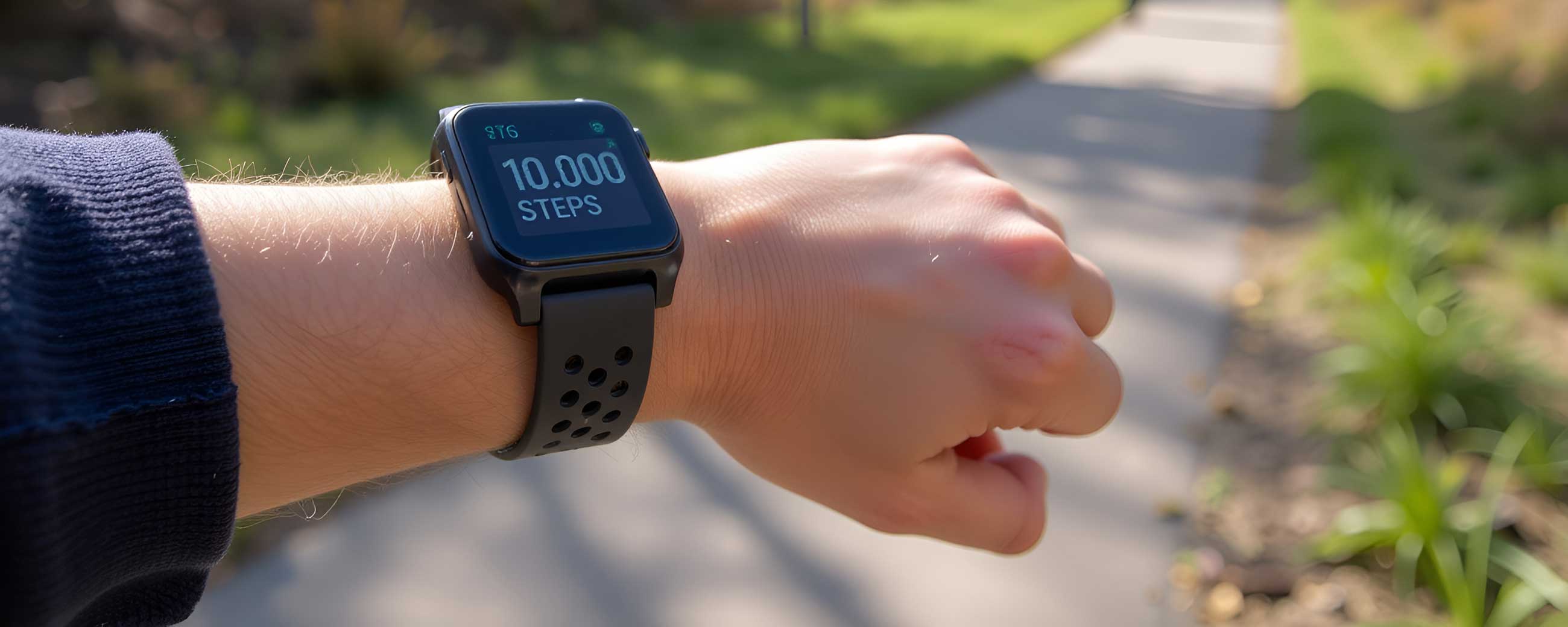
Prep Your First Year College Student for Healthy Dorm Eating
It doesn’t feel that long ago that I was walking from my dorm to the dining hall with friends for pretty much the only thing I ate as a college student: a chicken sandwich and a large order of salty fries.
Now in just a couple of months, I’ll be sending my oldest off to live in the dorms himself. And let me tell you: I certainly don’t want him to eat like I ate in college.
Don’t get me wrong. This isn’t empty nest syndrome talking. Watching your kids grow up is one of the bittersweet joys of being a parent. But as he claims his newfound freedom, I’m worried that might potentially mean embracing an all Cheetos-and-Red-Bull diet.
So over the last few months, I’ve been working hard to prepare my son for what it means to eat healthily in college. What foods to look for, how to navigate cafeterias and stock dorm fridges, and so on. Here’s some of what I’ve been teaching him.
Map out the food stations in your dining hall
The key to healthy eating is to avoid spontaneous decisions and know where to find the healthiest choices.
So on your first day at college, take a moment to explore the different food stations in the cafeteria. Make particular note of which stations feature healthy choices (like the salad bar) and which are offering choices you might find more tempting, but which aren’t as good for you (like pizza and fried chicken).
Making healthy choices as an adult means thinking in terms of your overall nutritional needs, and not just what you’re craving.
There’s nothing wrong with giving in to the occasional dietary temptation as a college student, but making healthy choices as an adult means thinking in terms of your overall nutritional needs, and not just what you’re craving.
Pay close attention to food stations that feature lean protein like grilled chicken or fish. Don’t forget vegetables, the more colorful the better. They're packed with fiber, minerals, and vitamins.
Stock your mini-fridge with smart choices
The dorm room fridge is a staple of the freshman college experience. But if you fill your tiny dorm fridge with nothing but soda and frozen pizza, then soda and frozen pizza is all you’ll eat.
On the other hand, if you stock it wisely, you’ll have grab-and-go options that are both nutritious and satisfying. Having healthy snacks readily available will help you avoid unhealthy vending machine temptations in your dorm or overeating later in the dining halls.
Not sure what to get to fill it up? Here are some great snack ideas. Sliced veggies with dill dip, cheese and cured meat, Greek yogurt with berries, or hard-boiled eggs are great options for quick, healthy, and filling healthy snacks or an on-the-go lunch when you’re unable to make it to a dining hall between classes.
Choose packaged snacks wisely
While all parents hope their adult children make smart dining hall and snack choices, we also understand that packaged snacks are helpful for things like late-night study sessions or packing a quick bite to eat between tightly-scheduled classes. The trick is to know which packaged snacks are healthy choices, and which are best left unpurchased.
When you’re shopping, aim for snacks with protein, like mixed nuts and cheese cubes, or celery and almond butter. Don't be fooled by sugary snacks masquerading as healthy options. One way to check is by reading the label to see the sugar content. Don’t forget to check the portion-size first as each packaged snack may contain multiple portions.
Fill your tiny dorm fridge with nothing but soda and frozen pizza, then soda and frozen pizza is all you’ll eat.
Variety is key no matter what you’re eating
Dining hall meals can get repetitive after a while if you’re not trying new things. Explore all the food stations to discover new-to-you meals.
College cafeterias are especially good places for this, because they tend to need to cater to a wide range of diets and preferences. That includes feeding international students and faculty, exposing you to new favorites. Koshari and jajangmyeon, anyone?
Even if you’re not ready to dip your toe into international cuisine, college is a time for experimentation, so keep experimenting! Try to mix your meals with items from different food stations. A healthy burrito pairs well with the salad bar, and a spaghetti dinner is just begging for additions from the roasted veggie station.
And let’s not forget varying the proteins or side dishes you’re eating. Even if you like what you’re eating and it’s healthy, you’ll eventually get sick of it if you eat it every day. With a little creativity, the foods you choose can easily change day to day, too.
Take healthy meals “home” with you
There’s a reason I’m harping on about the dining hall here, and it’s because most colleges have incredible dining halls that are both nutritious and affordable. Even better? If you bring a reusable container with you, they never have to close.
So when you go to the dining hall, plan ahead. Don’t just buy lunch. Buy dinner and take it back to the dorm with you. Think about options that can easily be reheated in your dorm microwave or can be stored in your mini fridge and taken on the go without needing to be reheated. Avoid leftovers that may smell up your dorm room, like fish, or easily get stale, like breads.
This is a great way to save money and ensure you have nutritious meals on hand, even when you're short on time.
Conclusion
Sending your child off to college is a bittersweet experience. You’re excited to see their growth into adulthood, but still nervous about the transition. When you plan ahead and have conversations like these about healthy meal choices and snack options, you can take comfort in knowing you've done everything you can to set them up for a healthy freshman year. Trust that they'll make good choices, and take pride as you watch them navigate college life independently.

This publication is intended for informational purposes only and is not meant to be a substitute for professional medical advice, diagnosis, or treatment. Always seek the advice of your physician or other qualified health provider with any questions you may have regarding a medical condition or any advice relating to your health. View full disclaimer

Erin Ollila believes in the power of words and how a message can inform – and even transform – its intended audience. Her work can be found all over the internet and in print, and includes interviews, ghostwriting, copywriting, and creative nonfiction. Erin is a geek for SEO and all things content marketing. She graduated from Fairfield University with an M.F.A. in Creative Writing and now hosts the Talk Copy to Me podcast.
Reach out to her on Instagram at @ErinOllila, or visit her website https://erinollila.com








